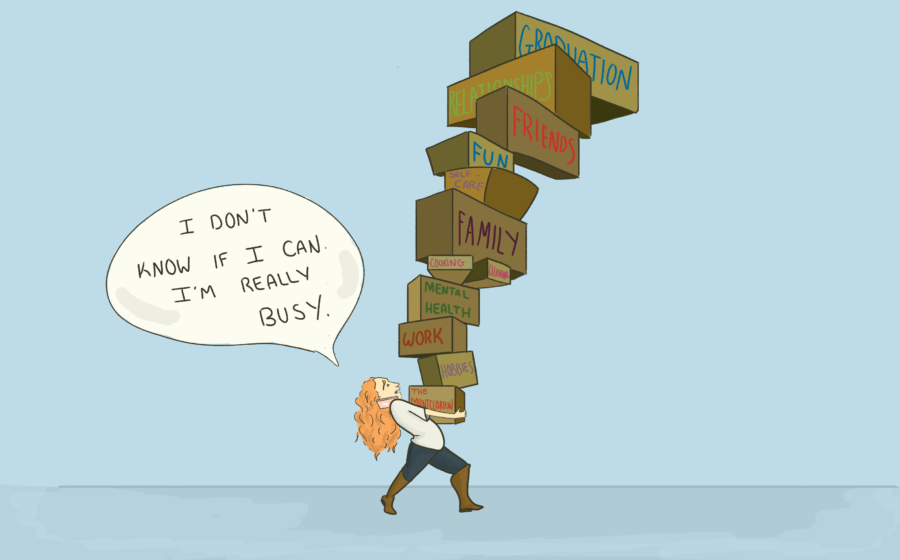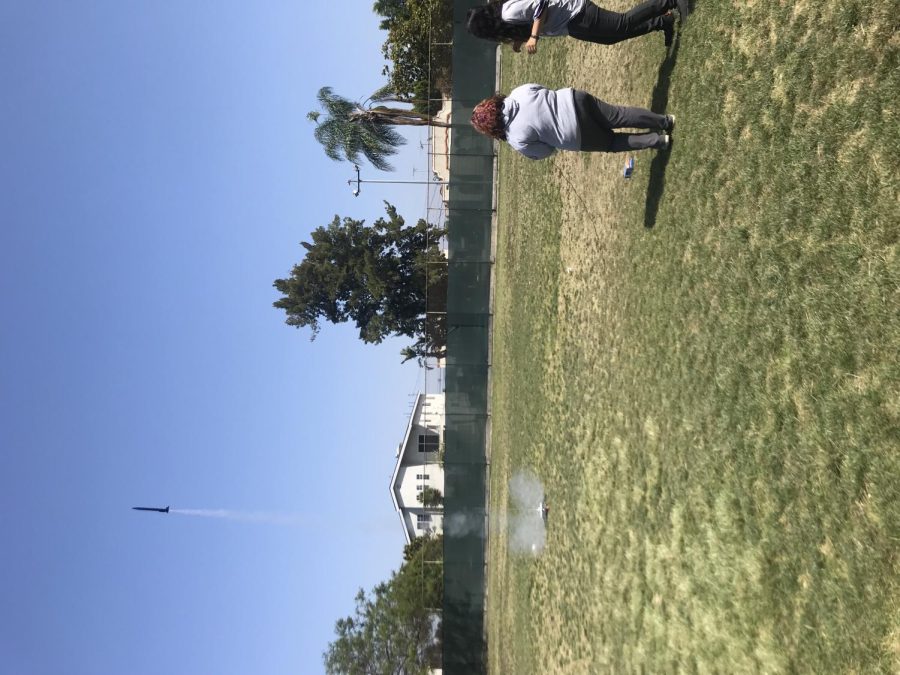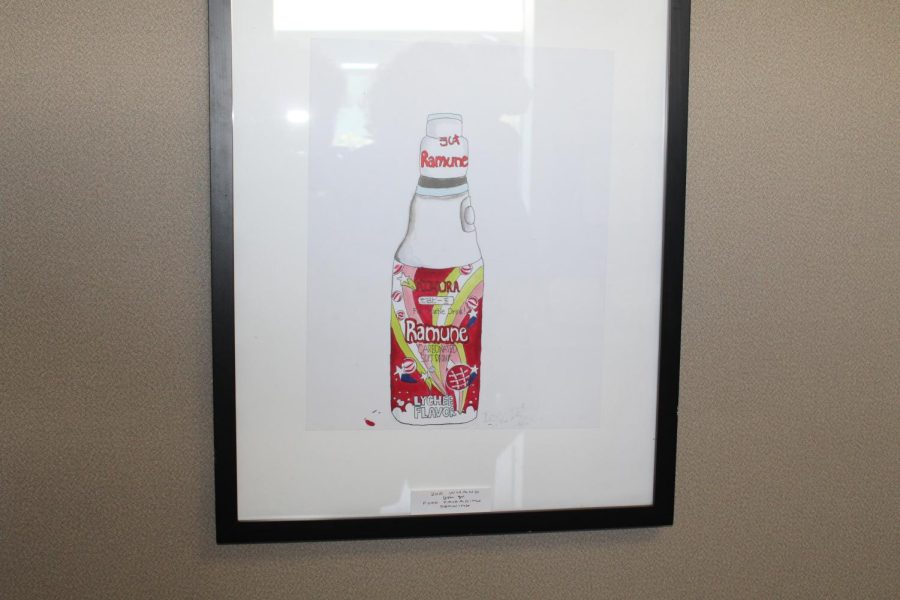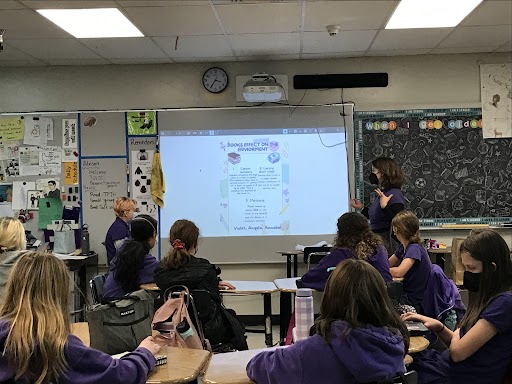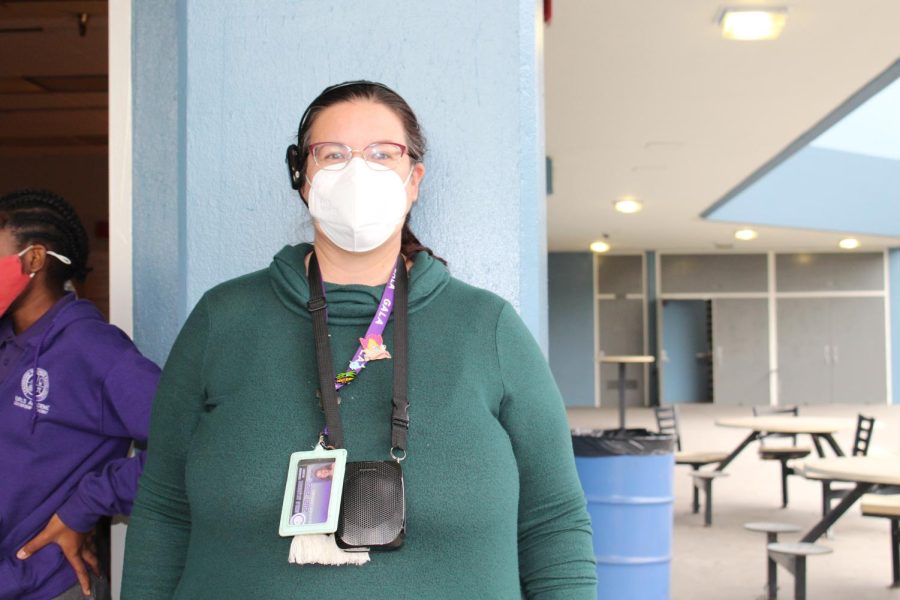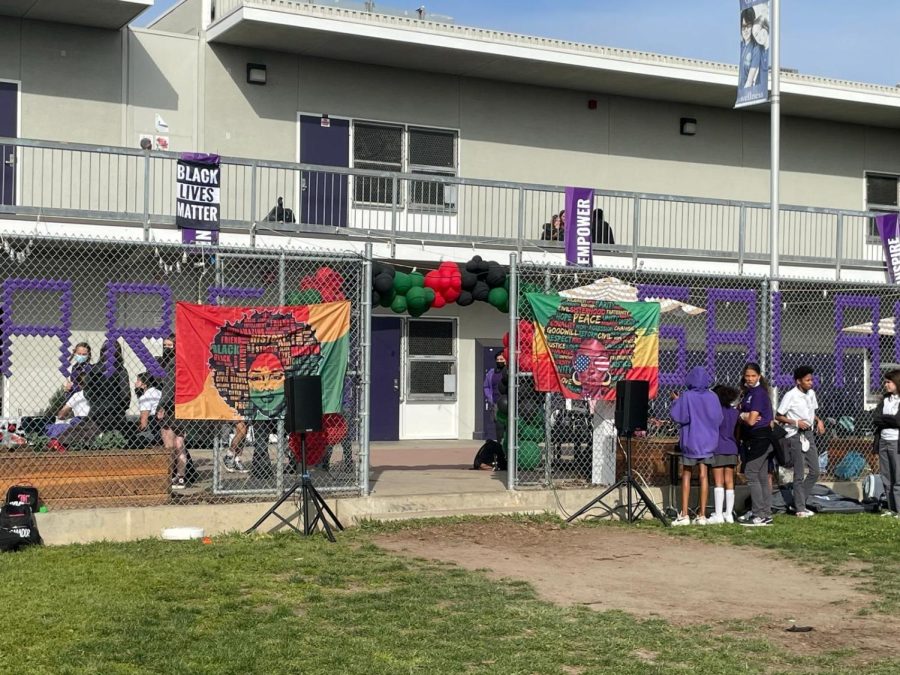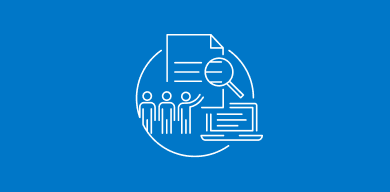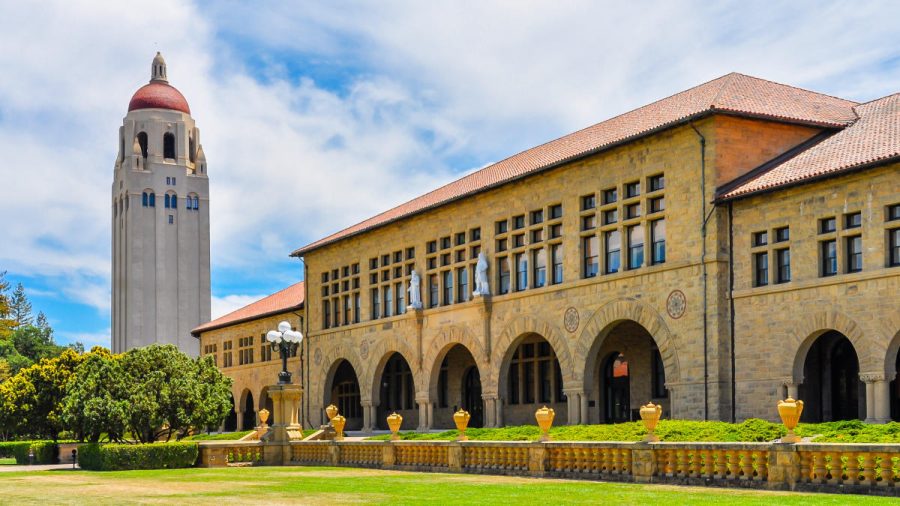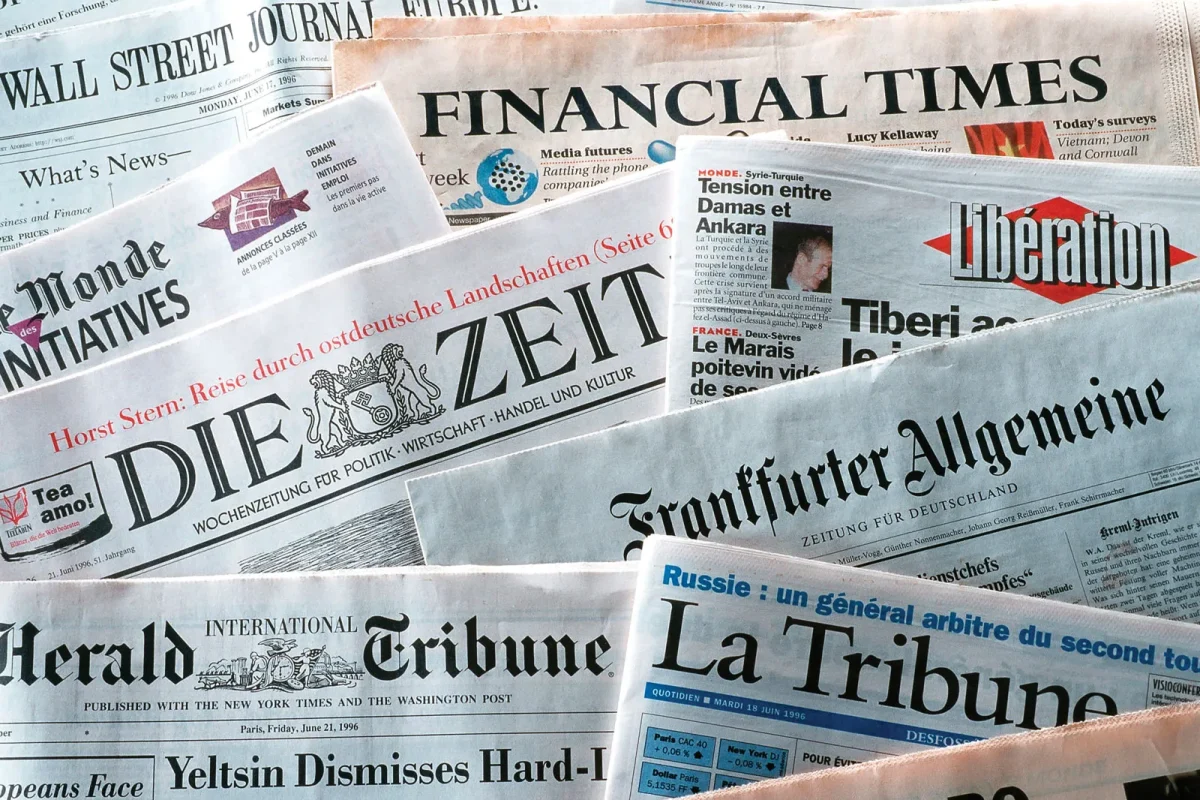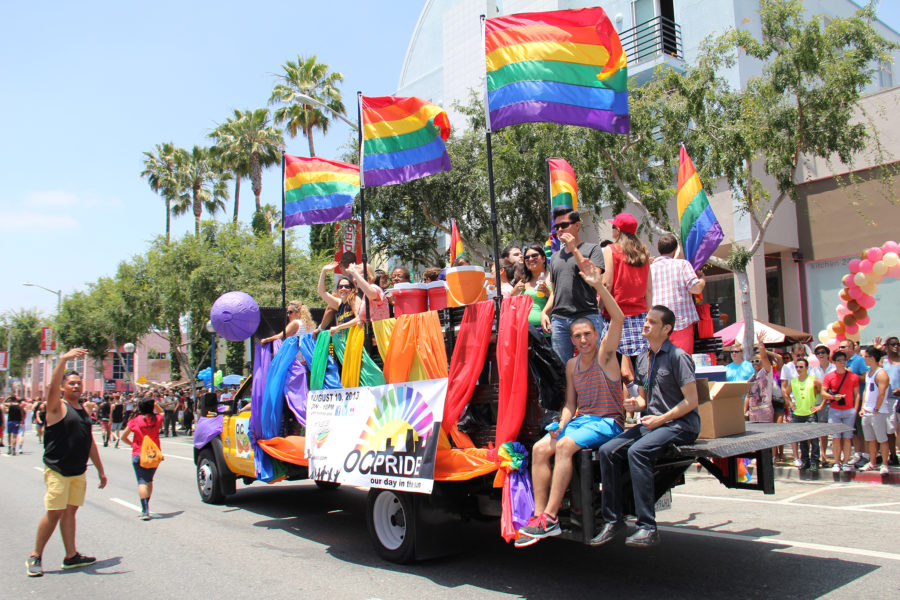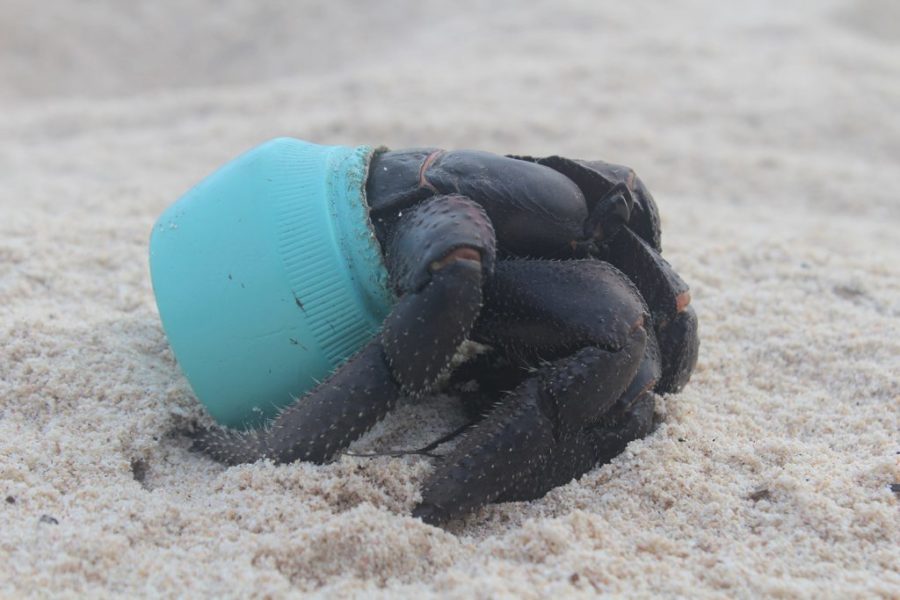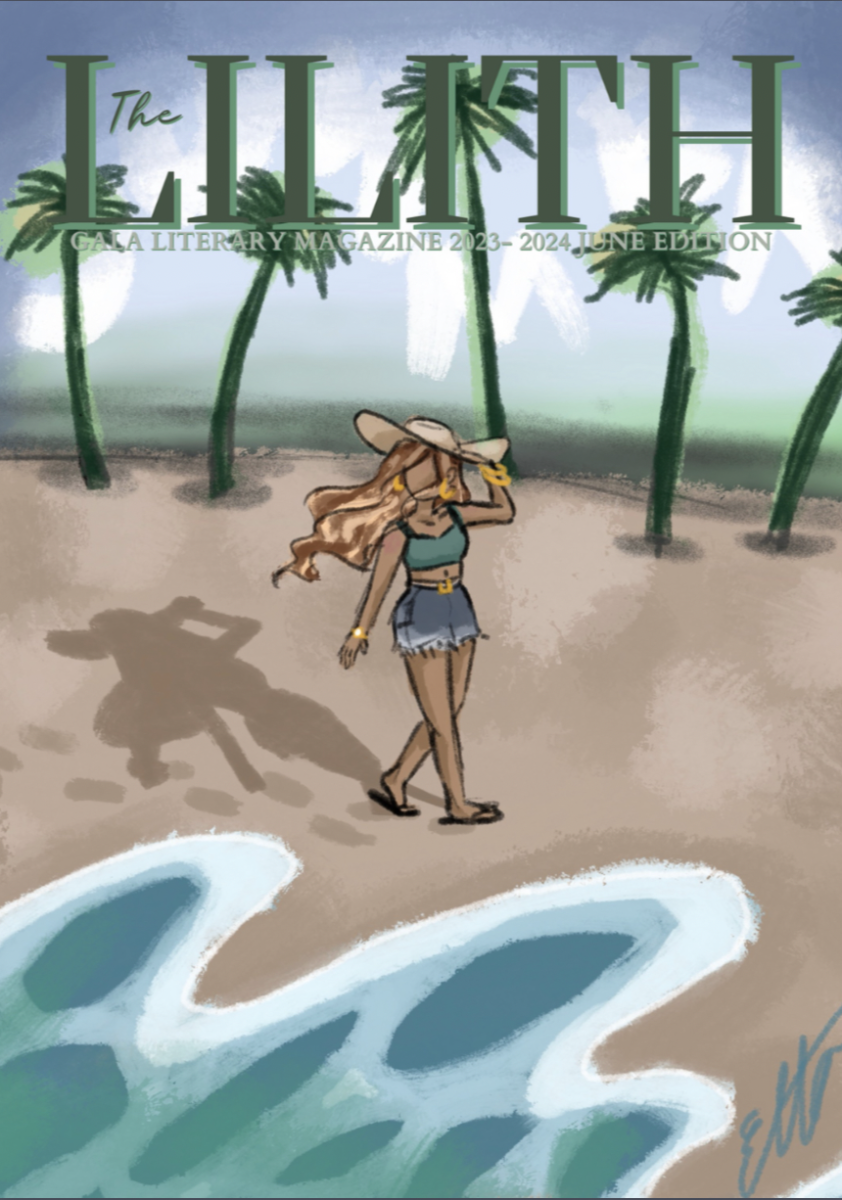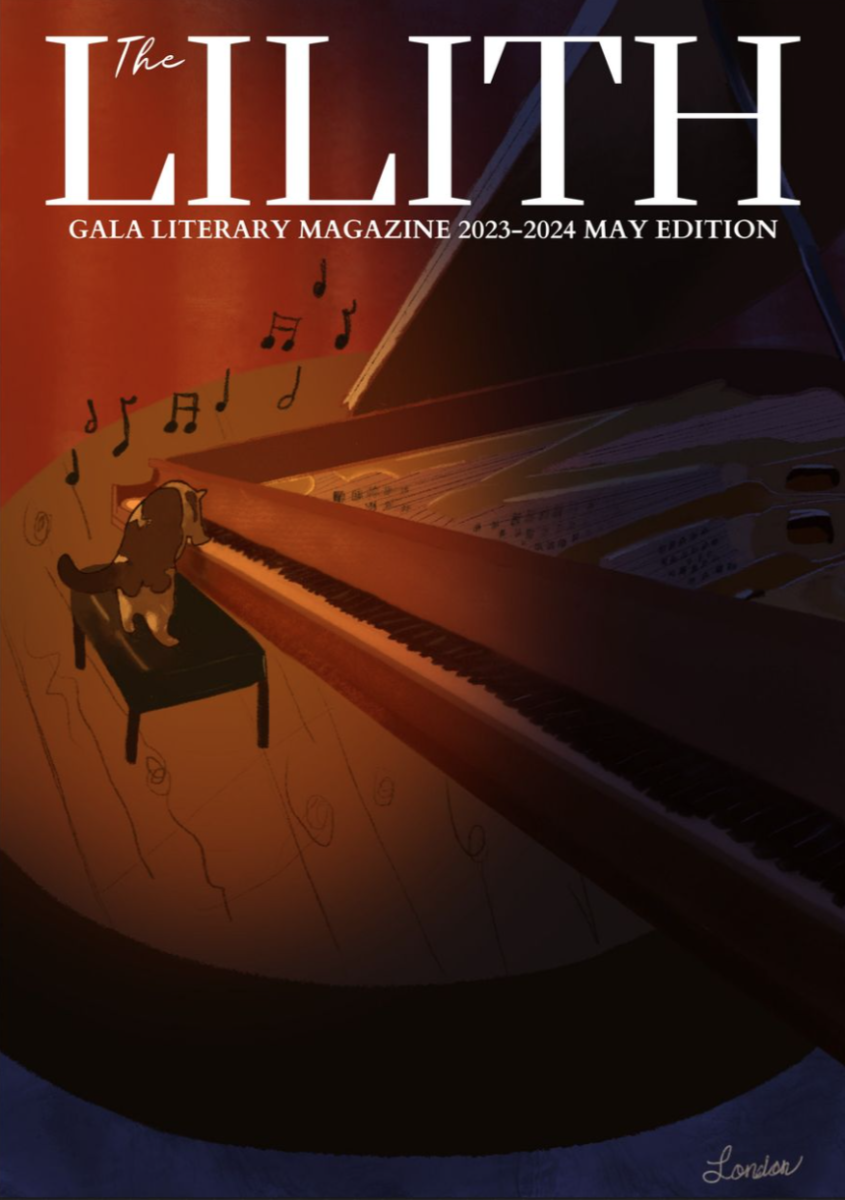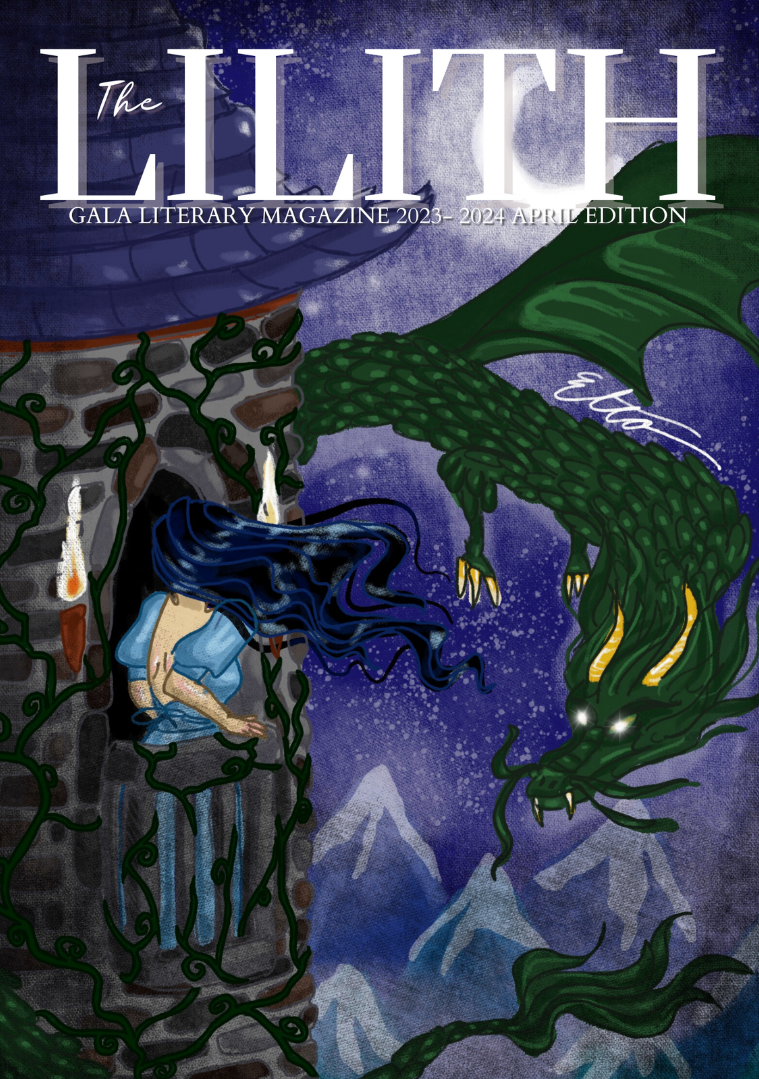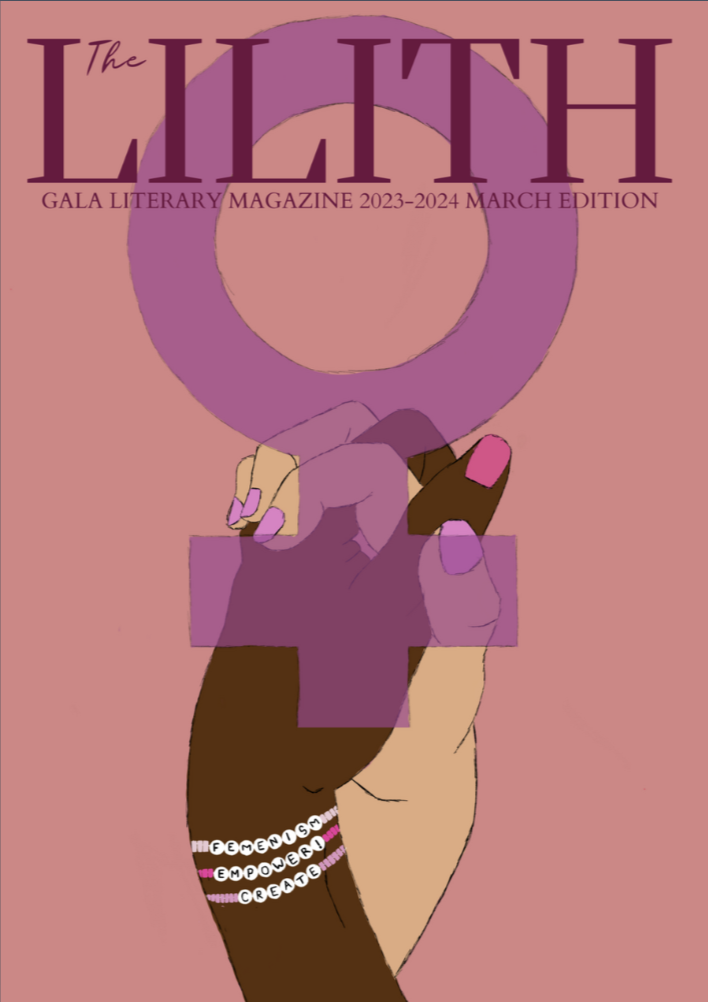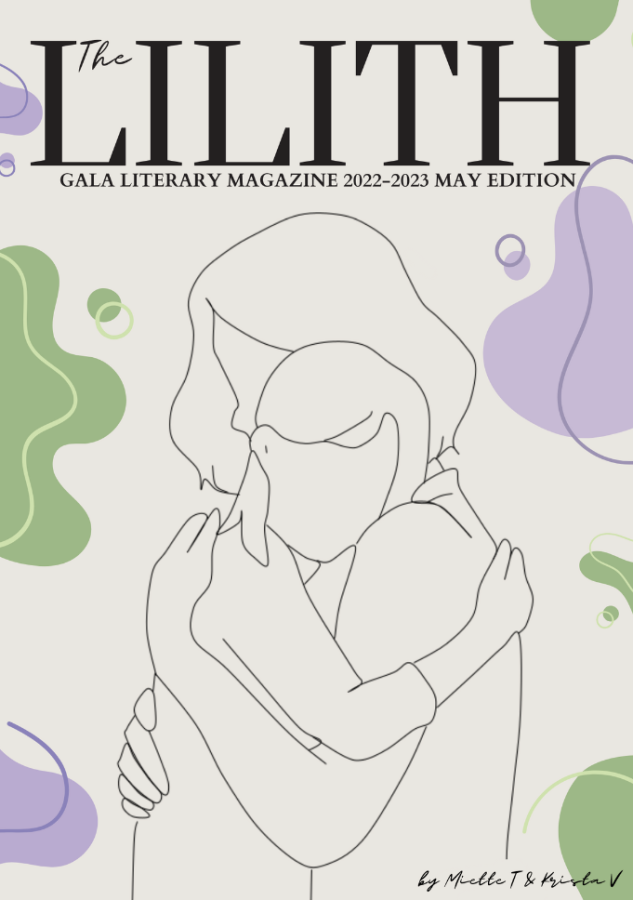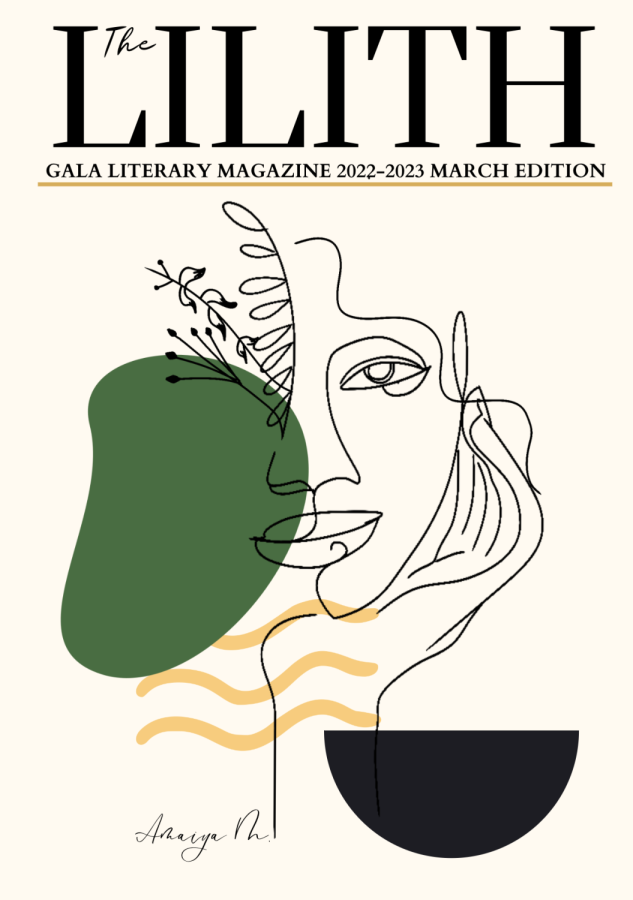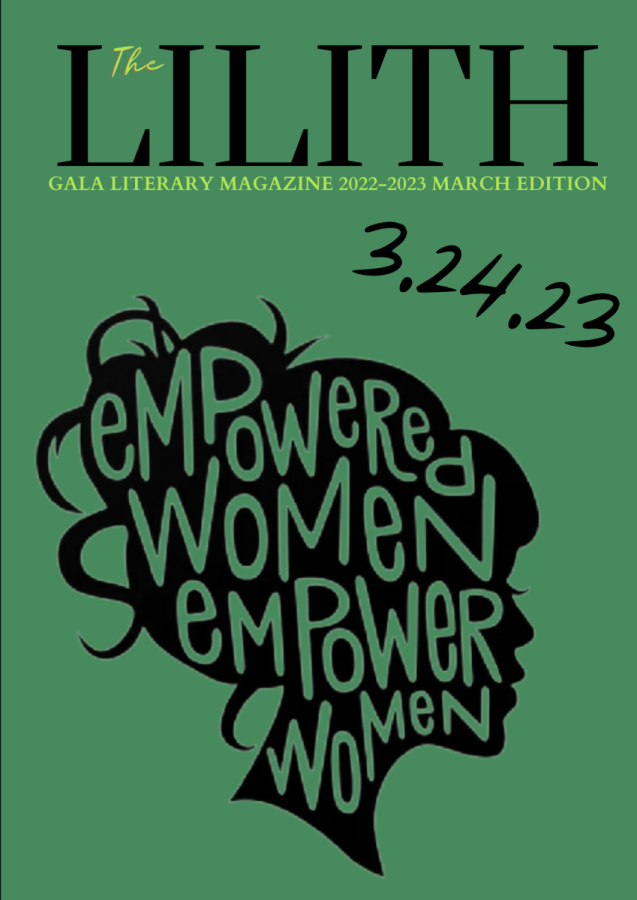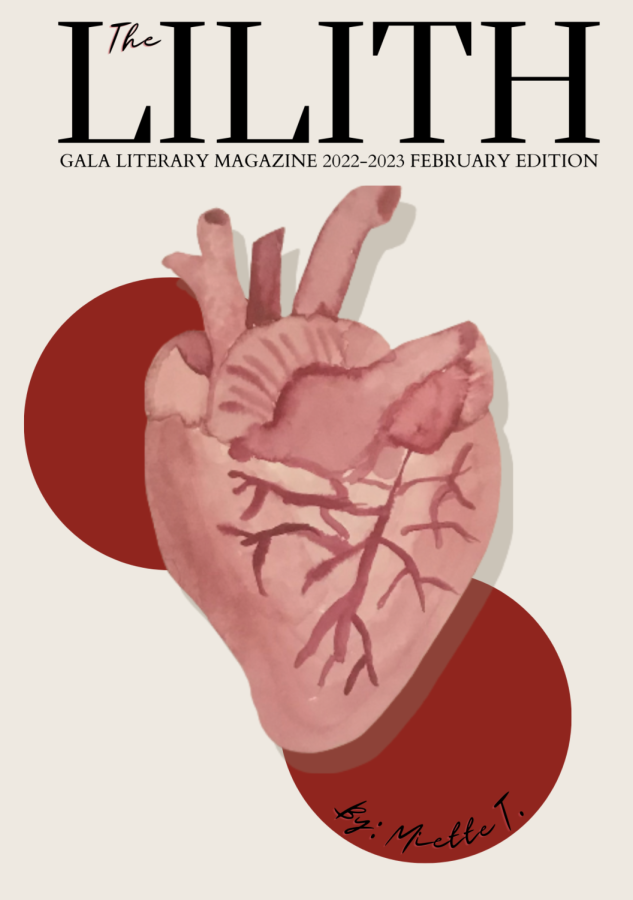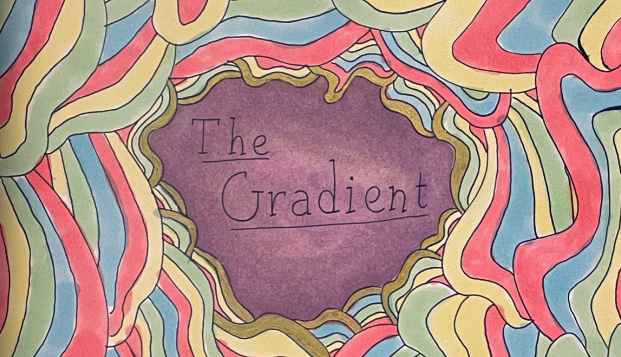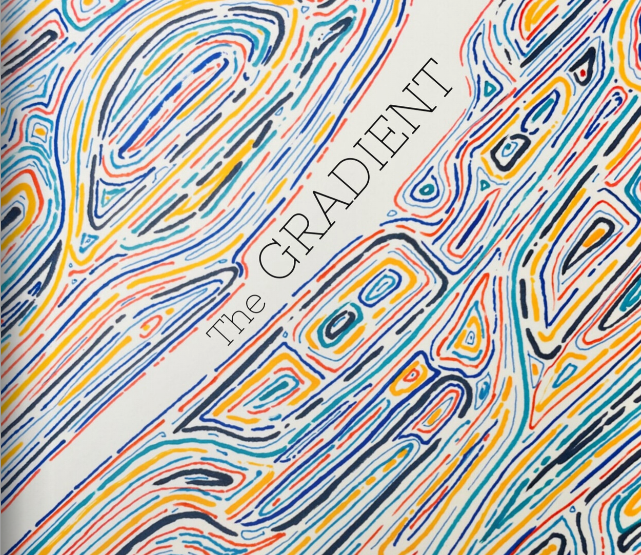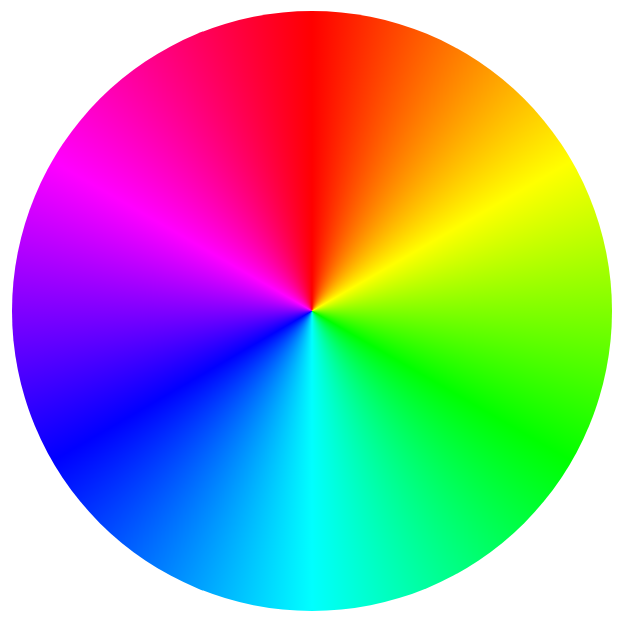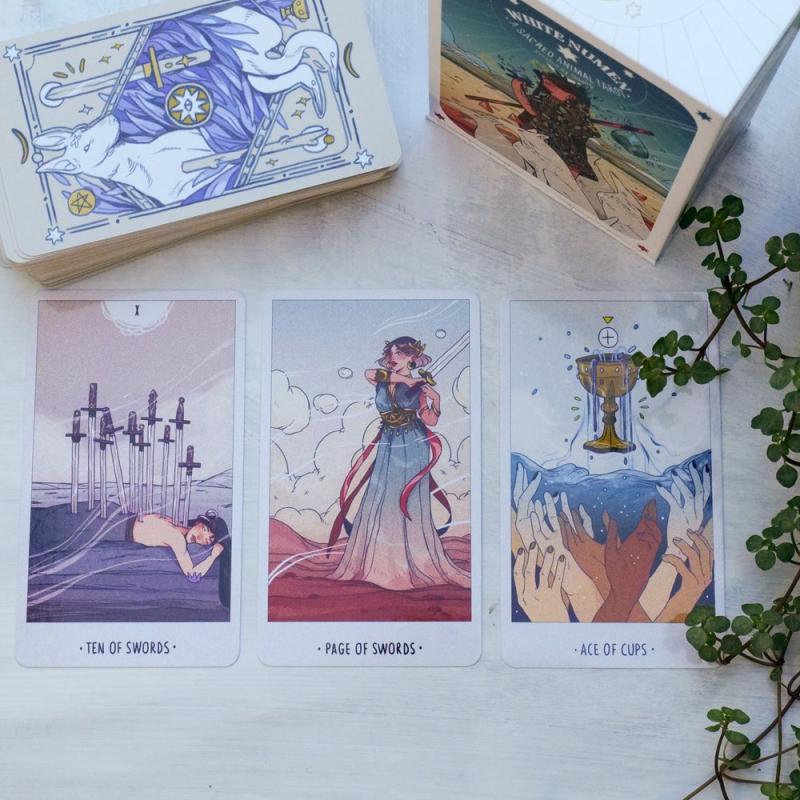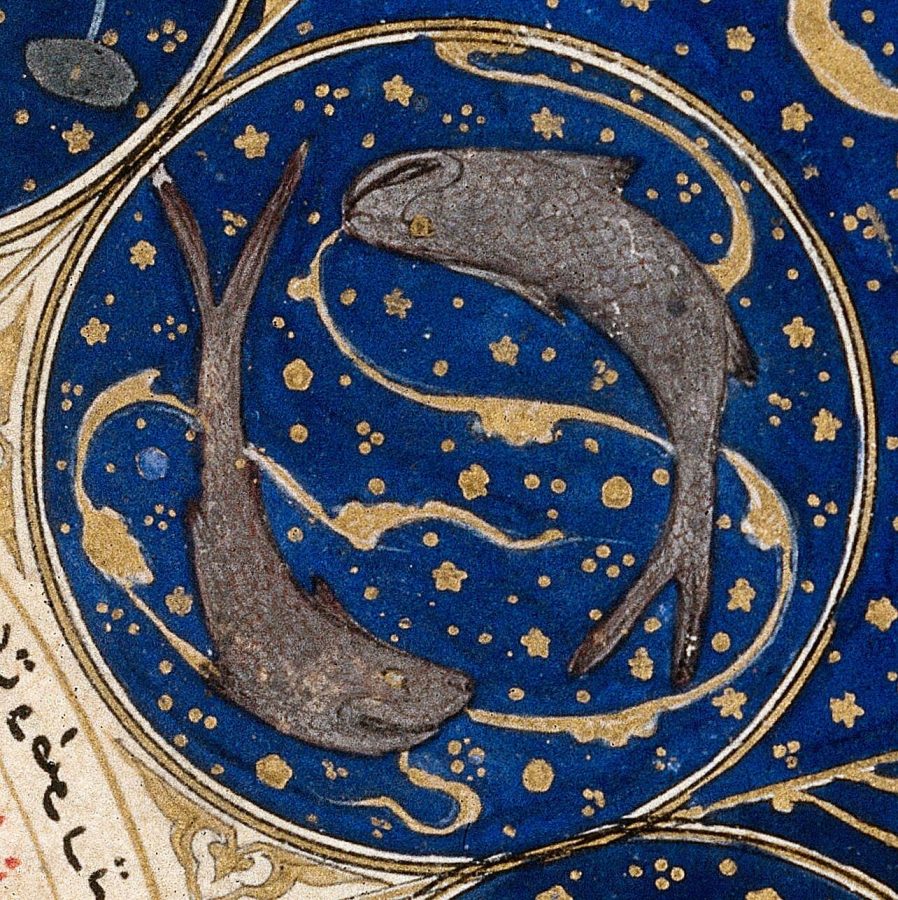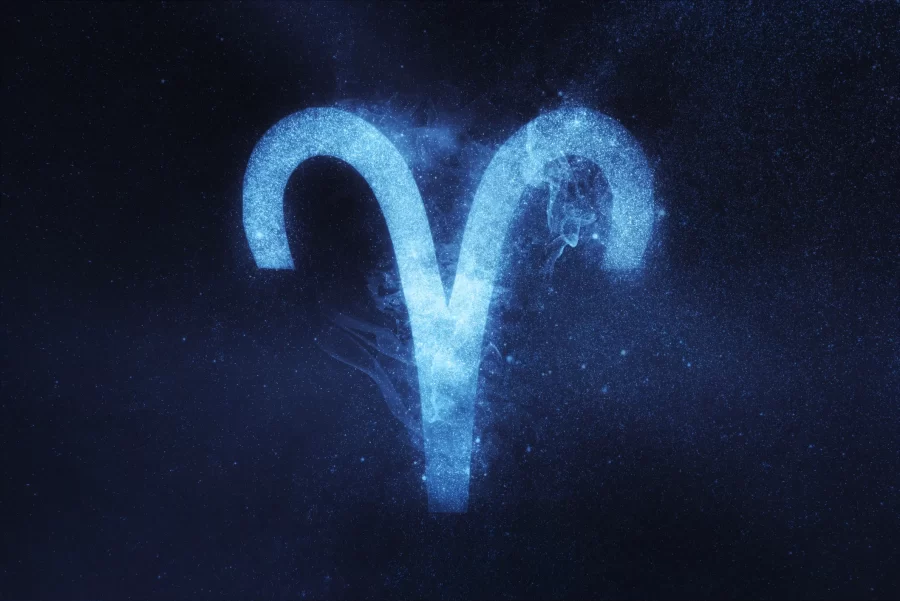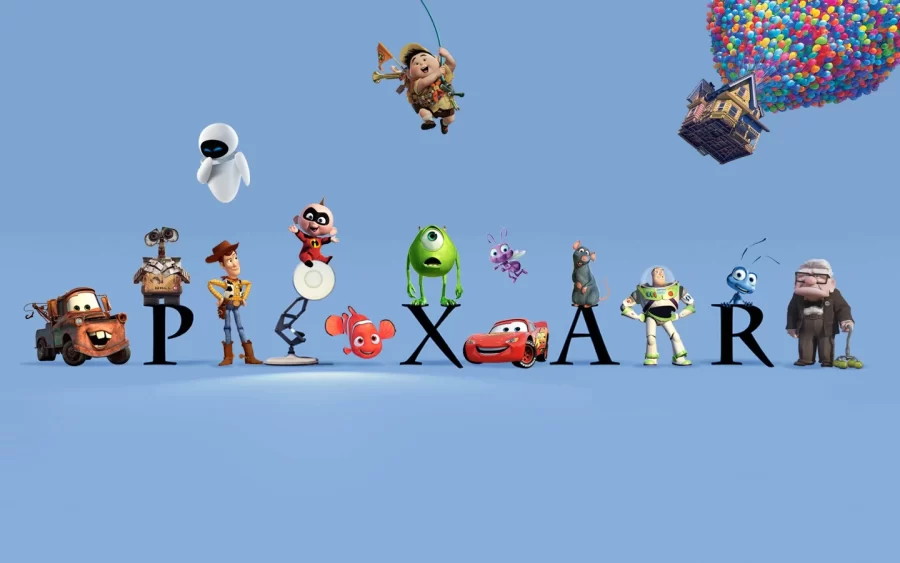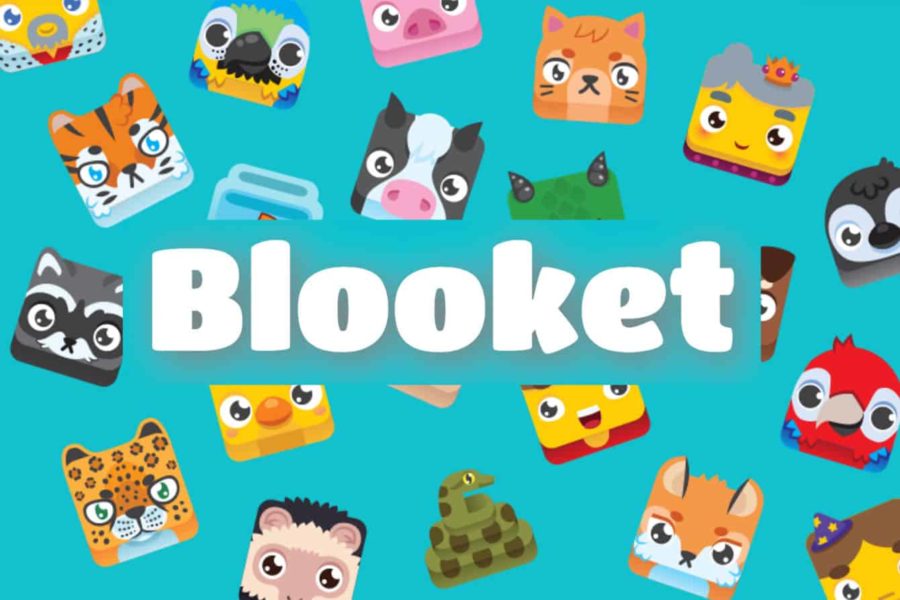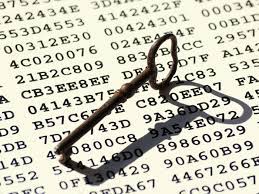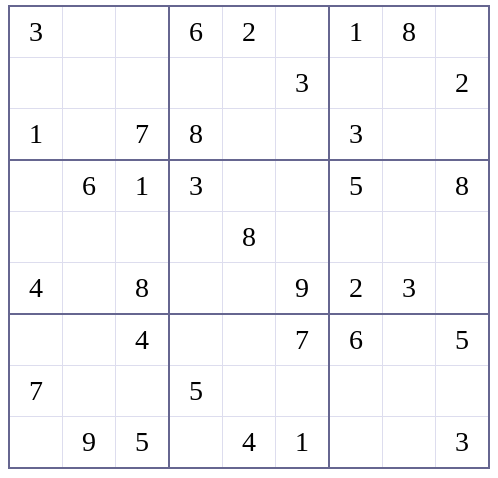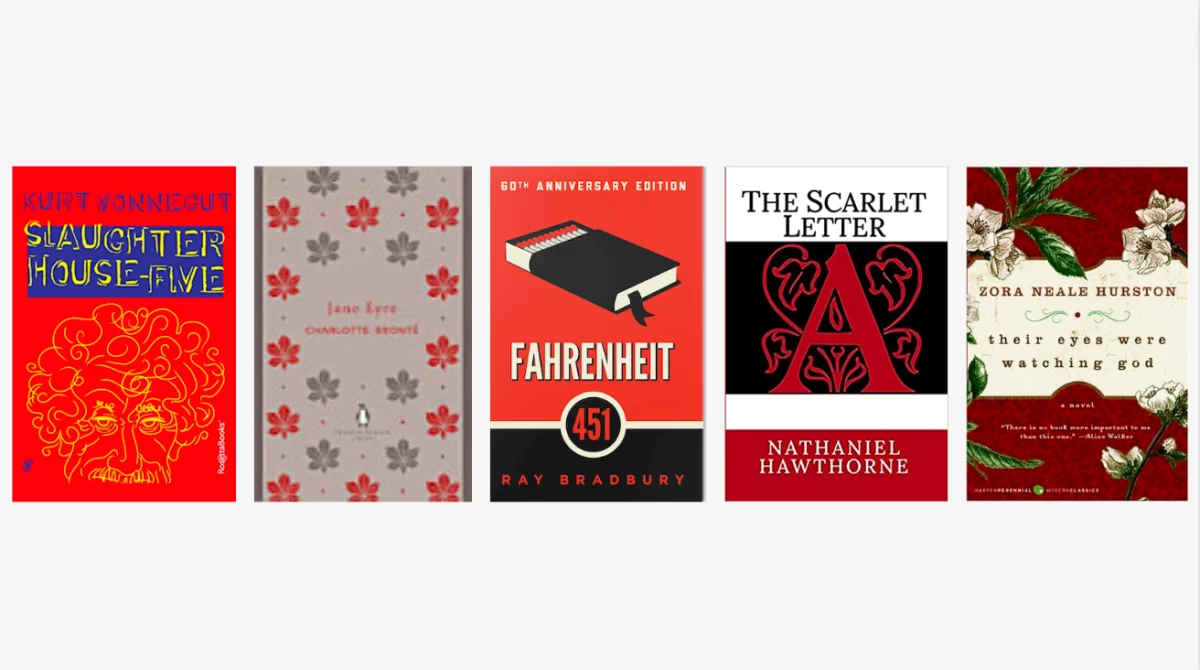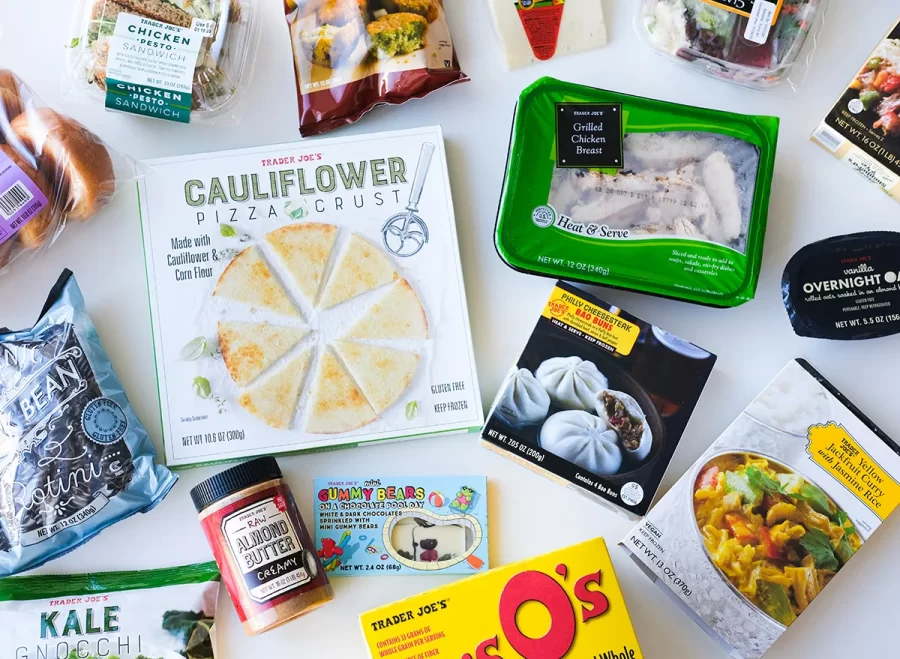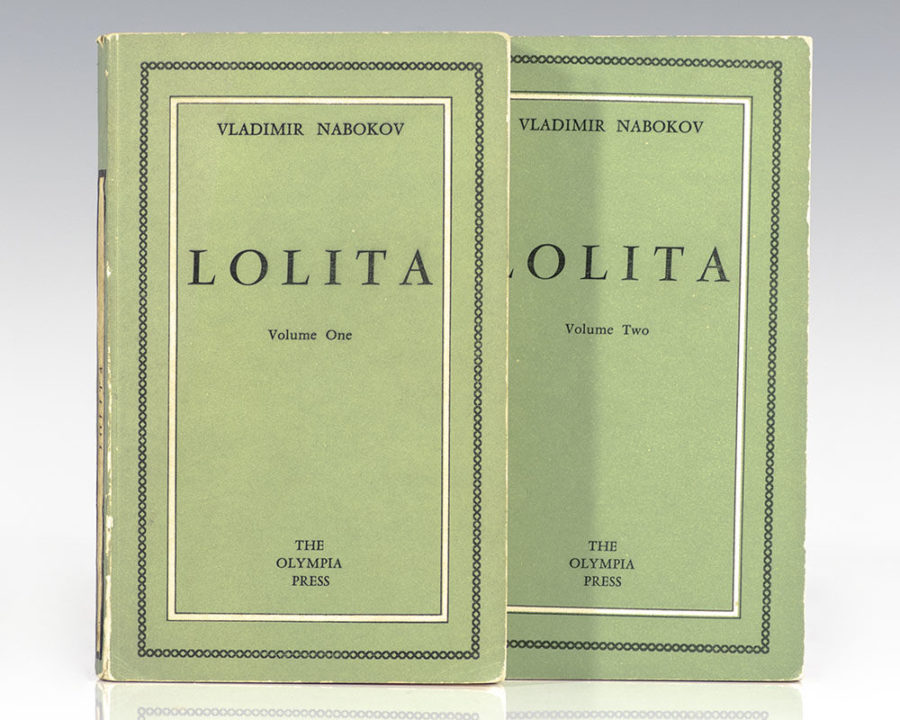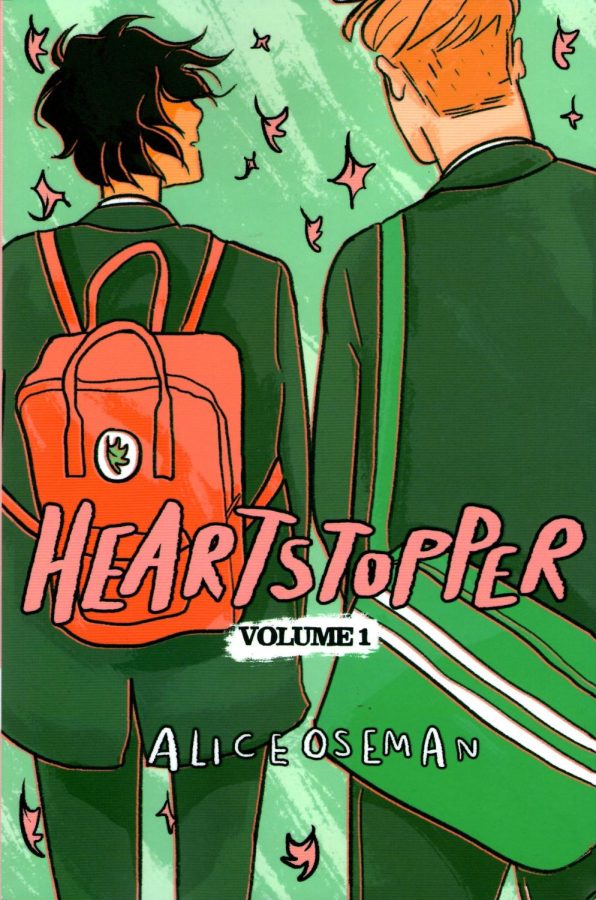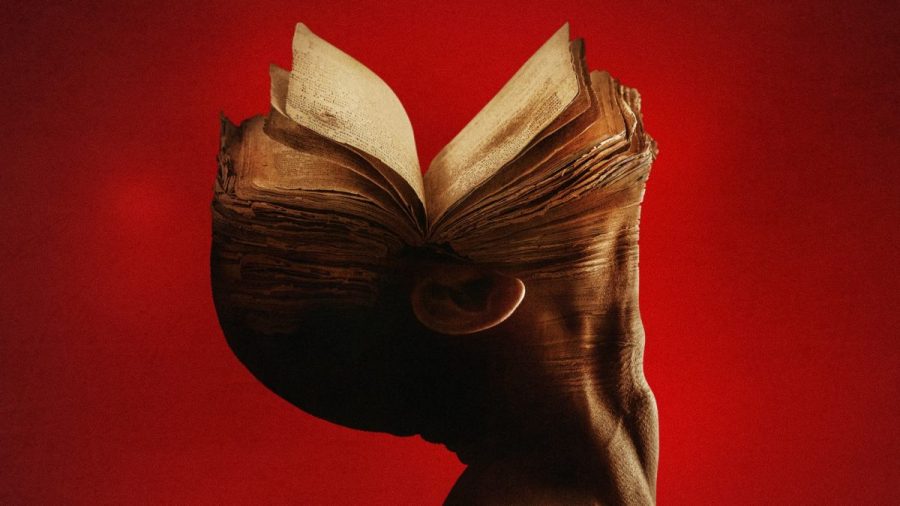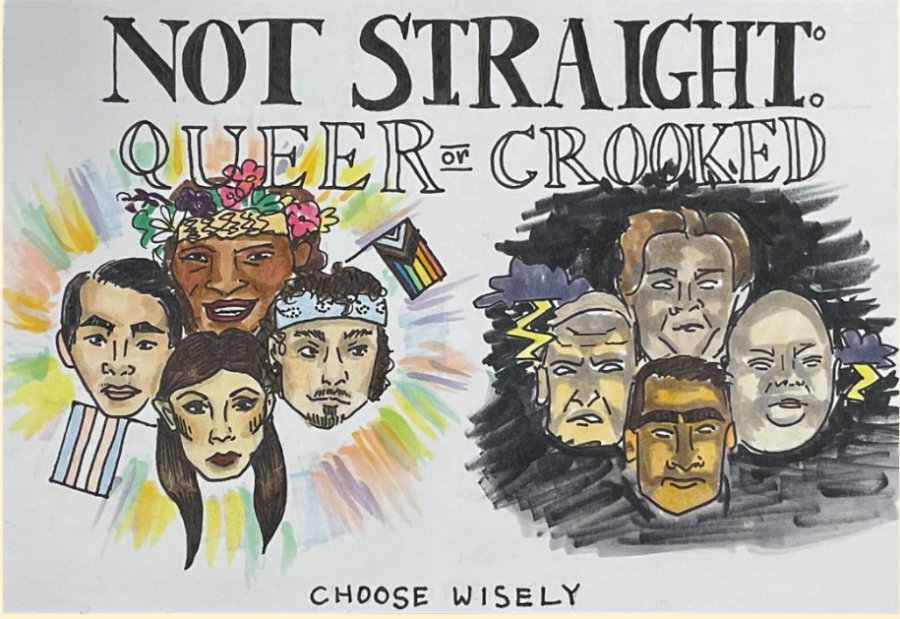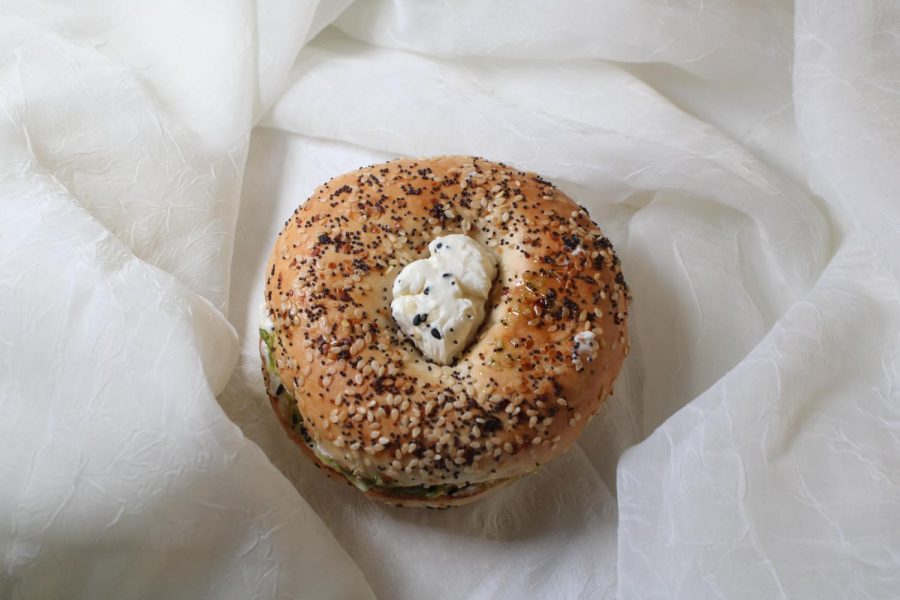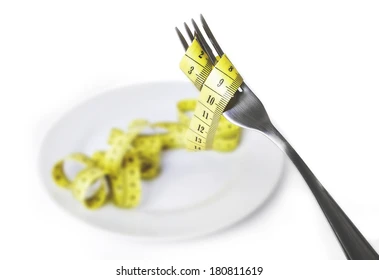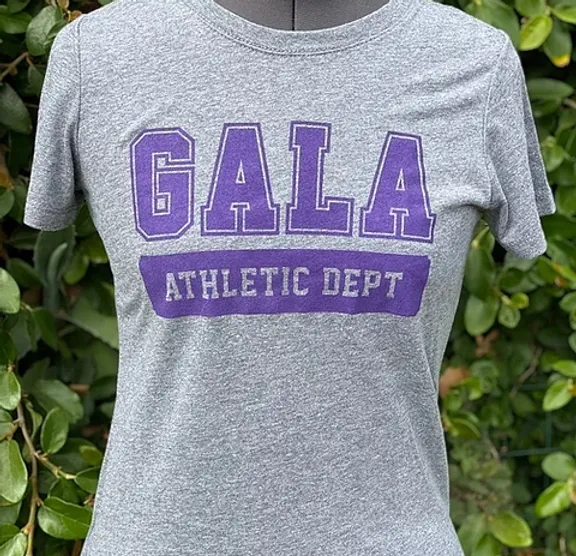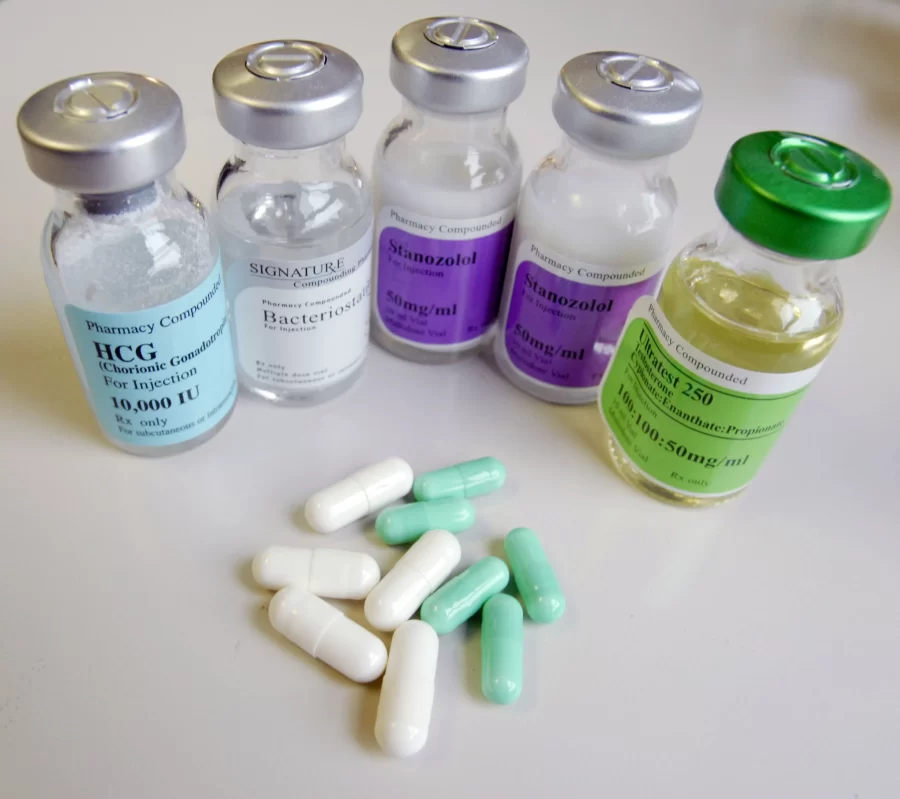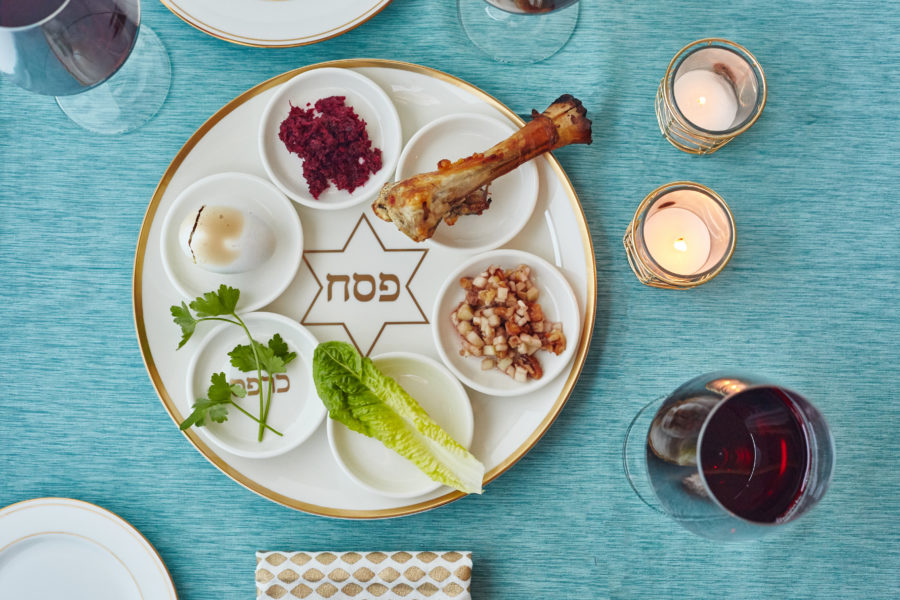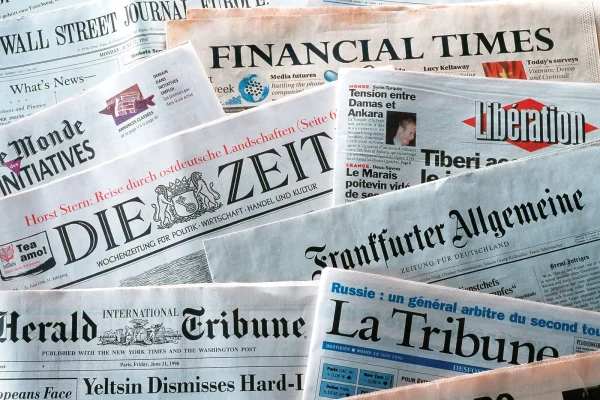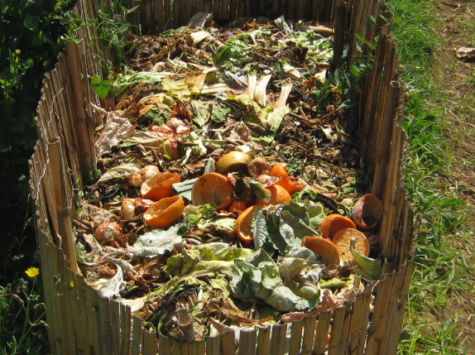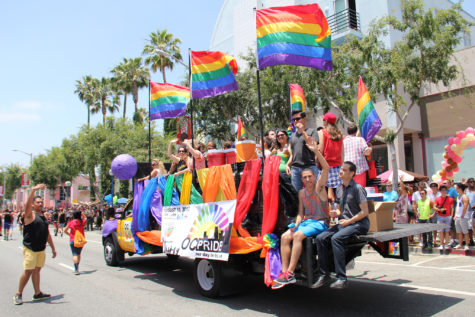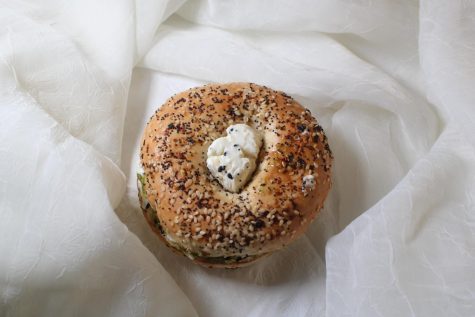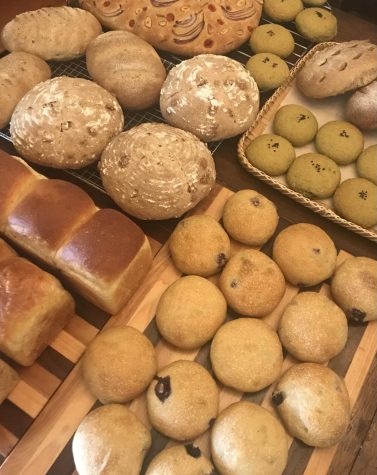The Anatomy of a Seder Plate
If you are Jewish, take an interest in Jewish culture, or enjoy eating a meal that tastes a bit like suffering, Passover is the holiday for you!
Passover commemorates the exodus of the Israelites from their slavery in Egypt. In the hurry and urgency to get to Jerusalem, the Israelites were unable to leave time to let their bread rise, creating the main symbol of Passover: the matzah. Matzah is a cracker-like, flat-bread that substitutes for chametz when remaining kosher for Passover. Chametz refers to grains such as oats, rye, barley, spelt, and wheat which become unkosher when they are leavened (risen).
Though the matzah is the central food of Passover, the seder plate is perhaps the most interesting — at least in my opinion. To understand the different parts of the seder, (the Passover service), you must understand the meal. An anatomical analysis of the elements of the seder plate follows to help you enjoy your celebration!
#1 Matzah
Can’t have a mitzvah without matzah! While it is not strictly placed on the seder plate, Matzah is the first food eaten at the seder. After you wash your hands, and the first story of the exodus is told, you will be given a piece to eat. The Matzah is eaten ritualistically three times throughout the seder:
After the Motzi Matzo blessing at the beginning of the meal.
After the Charoset and Maror are served, we eat the Korech*, which is like a matzah sandwich!
The Afikoman, a piece of Matzah that is hidden at the beginning of the seder, is eaten last. At the end of the meal, the children search for it throughout the house — whoever finds it first gets to negotiate a prize with their parents.
Later on, you are able to put different spreads and flavorings on the matzah*, but the point of this first bite is to savor the matzah itself for as long as possible. For, it might be a while until you eat again.
#2 Shankbone (Zeroah)
The Shankbone is next on the plate! This bone is supposed to represent the lamb blood that was used to mark the houses for “God to pass-over” during the ten plagues. Here’s a quick list of the plagues so that you can understand how the Israelites were able to escape.
Rivers of Blood
Amphibians (frogs)
Gnats/Lice
Flies
Pestilence livestock
Boils
Fire
Locusts
Darkness
Death of the first-born (when the lamb blood comes in handy)
We don’t eat the bone, but we observe it and recount the plagues of Egypt.
#3 Egg (Beitzah)
It’s a hard-boiled egg. I don’t really get it either.
#4 Bitter Herbs (Maror)
The Maror is typically the bitter root of horseradish. When you let the radish grow, it becomes spicier, but when you cut it at the root it stays bitter, representing the harshness of slavery in Egypt.
#5 Paste (Charoset)
While “paste” does not sound that appetizing, I can assure you that charoset is at least 70% more delicious than whatever you’re envisioning. Charoset is a sweet, mushy blend made out of diced or shredded apples, soft walnuts, and a generous amount of cinnamon and sugar.
Charoset represents the mortar used when the Israelites were building the pyramids and can be spread with the maror to form your matzah sandwich! While it’s my cousin’s favorite part of the seder, I’ve grown quite fond of the egg of indeterminate origin.
#6 Vegetable (Karpas)
Karpas is typically flexible to whatever vegetable you have available, the most common forms being iceberg lettuce and parsley. My family uses parsley, and we dip it into the salt water, representing the tears of the harsh past.
After the seder is over, a feast is served! I hope the tears, bitterness, and lamb bones worked up an appetite! In all seriousness, I love Passover, for it’s a holiday ripe with traditions, songs, and stories. I also believe that one can appreciate Passover however they see fit, even without practicing the religion or fasting. (You just have to promise me that there will be an egg at some point).
Sameach Pesach!

Sigrid Eyal is a junior at Girls Academic Leadership Academy. This is her first year in Journalism but has enjoyed many humanities courses and extracurriculars...



